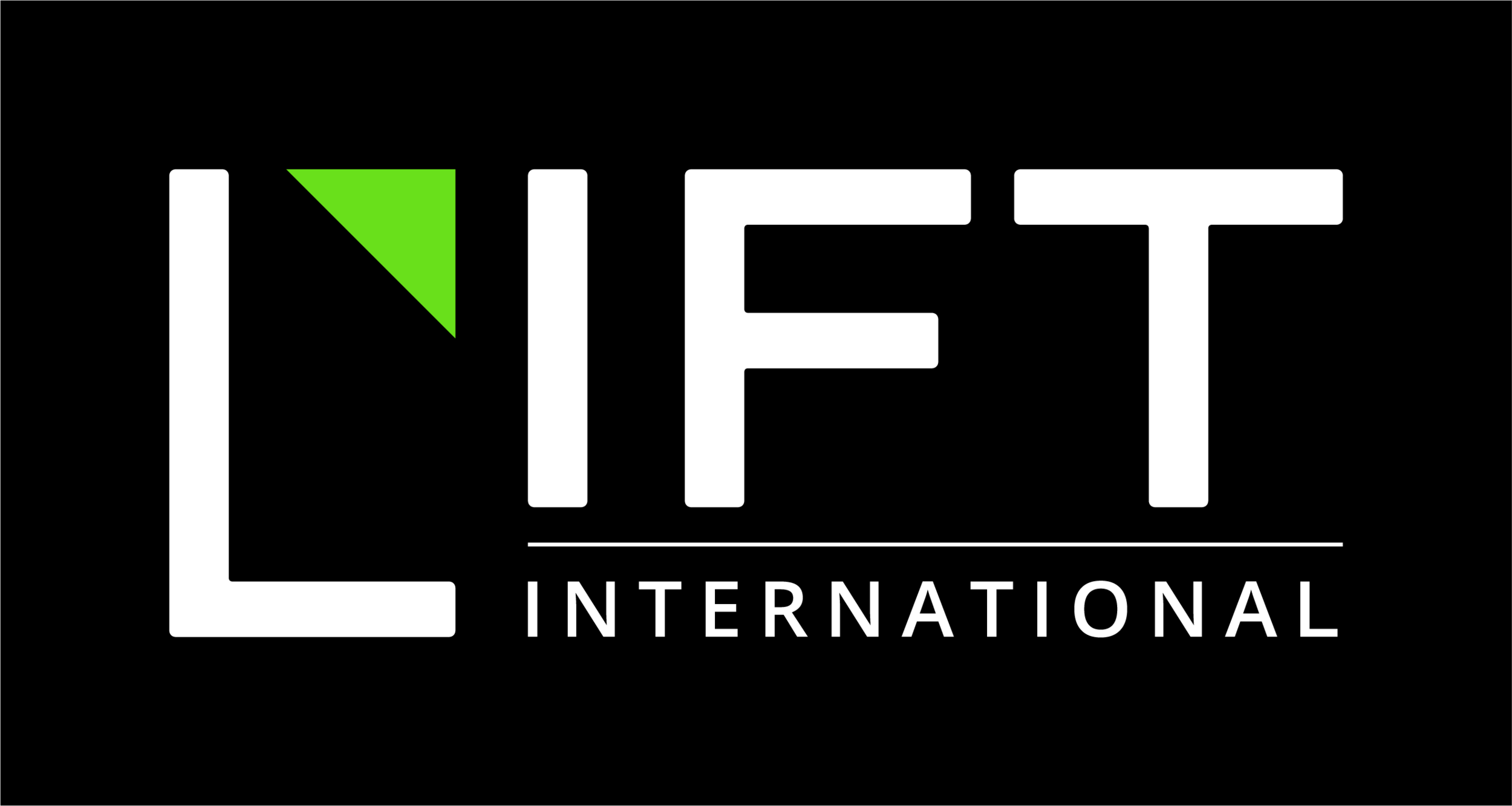Telling Stories Ethically
We’ve all seen heartbreakingly personal stories of individuals used to raise money for nonprofits or causes. Sensationalist stories can shock or disgust an audience and move them to action, and they might even be successful at raising money, but is it always the right thing to do?
We try to take the perspectives of our clients, policies and applicable laws into consideration when we communicate about our cases. Working with survivors of human trafficking and child sexual exploitation, we meet people when their lives have been absolutely shattered. As we try to help pick up the pieces and move towards justice, we find that some people are not willing or able to share their story. They are deeply personal wounds, and they are not our wounds to share. In addition, we have had some clients tell us that it was painful to repeatedly recount the most personal details of their life to police officers, social workers and again to a judge in court. After hearing that, we know to respect their boundaries and that us asking the same questions could have a harmful effect. Sometimes, a survivor later becomes willing to share from their perspective, or telling their story might become a part of their healing process. We let our clients’ needs and safety guide what we share and don’t share.
We also have internal policies and follow guidelines like the Ethical Storytelling Pledge to help us decide what to post and what not to post. Part of the pledge states that we will “Uphold the dignity of our constituents through empowering imagery and messages that motivate engagement and inspire hope.” So much of nonprofit storytelling has traditionally relied on revealing undignified details, and this reminds us to keep stories focused on the dignity and inherent value of our clients. In addition, we must follow local laws like Thailand’s Child Protection Act of 2003 and international standards that mandate that we protect the identities and reputations of children at all costs.
All of these safeguards and policies are beneficial, but, to us, it really comes down to talking about people, talking about our clients, the way we would want to be talked about. It’s the golden rule of storytelling and communications. That’s why you will never see us name or show the faces of our clients. We sometimes leave out details like locations because we believe that we must protect the identities and lives of our survivor clients first and foremost. There is also a security risk to our team if we overshare. Our stories reflect what our clients are comfortable sharing with us, within the laws and guidelines we mentioned.
We aren’t saying that it’s never right to tell the story of a survivor — there are journalists and documentarians doing great work to help share stories of human trafficking and exploitation that helps educate and inspire people to get involved. And there are survivor leaders sharing and owning their stories. As a team, though, LIFT has committed to protecting the identities of our clients and keeping details of our work secure. It might mean we cannot tell our audience everything, but we so value the support and trust of our supporters who allow us to take the best care of our clients while maintaining high standards for telling their stories.

